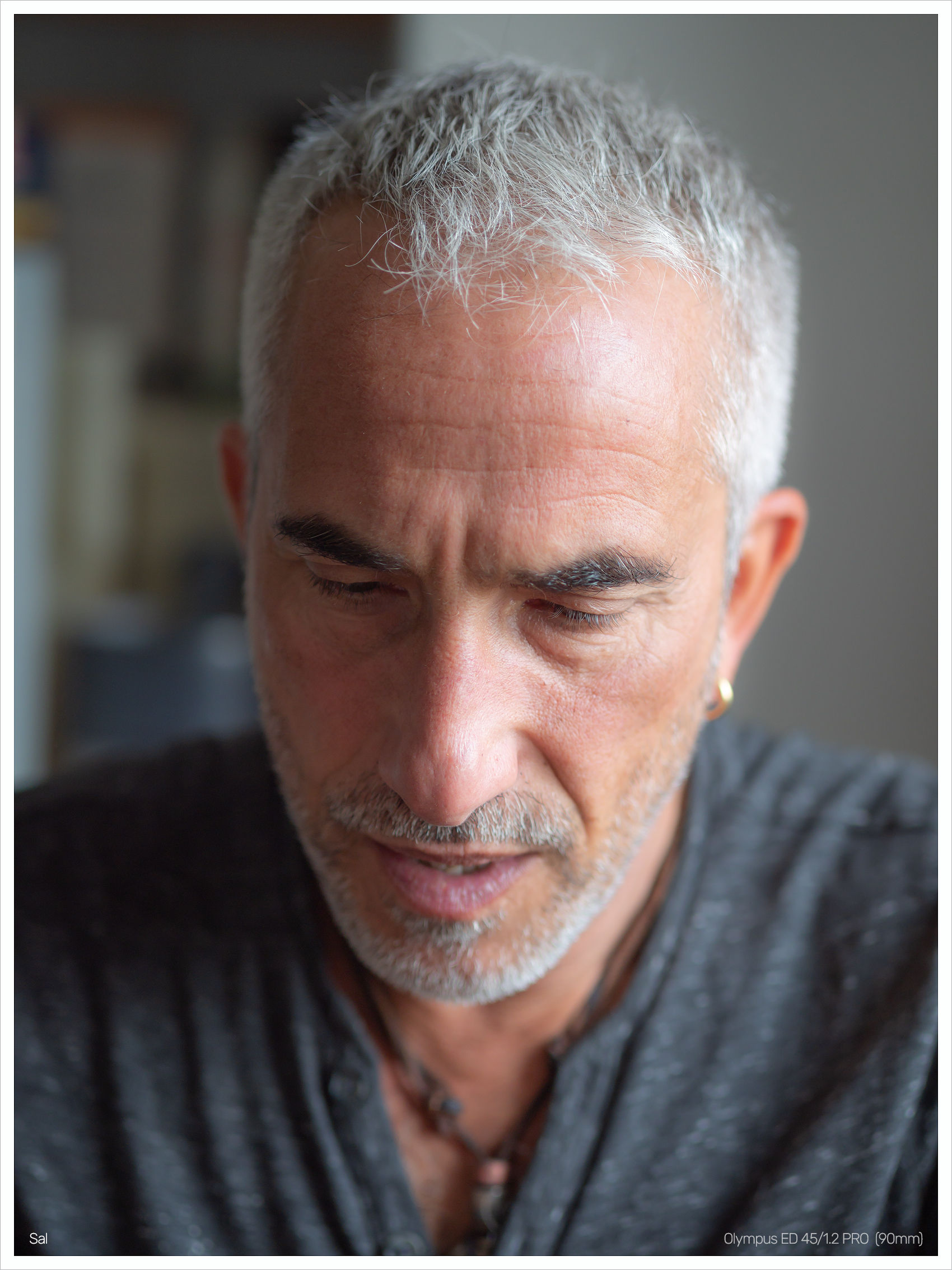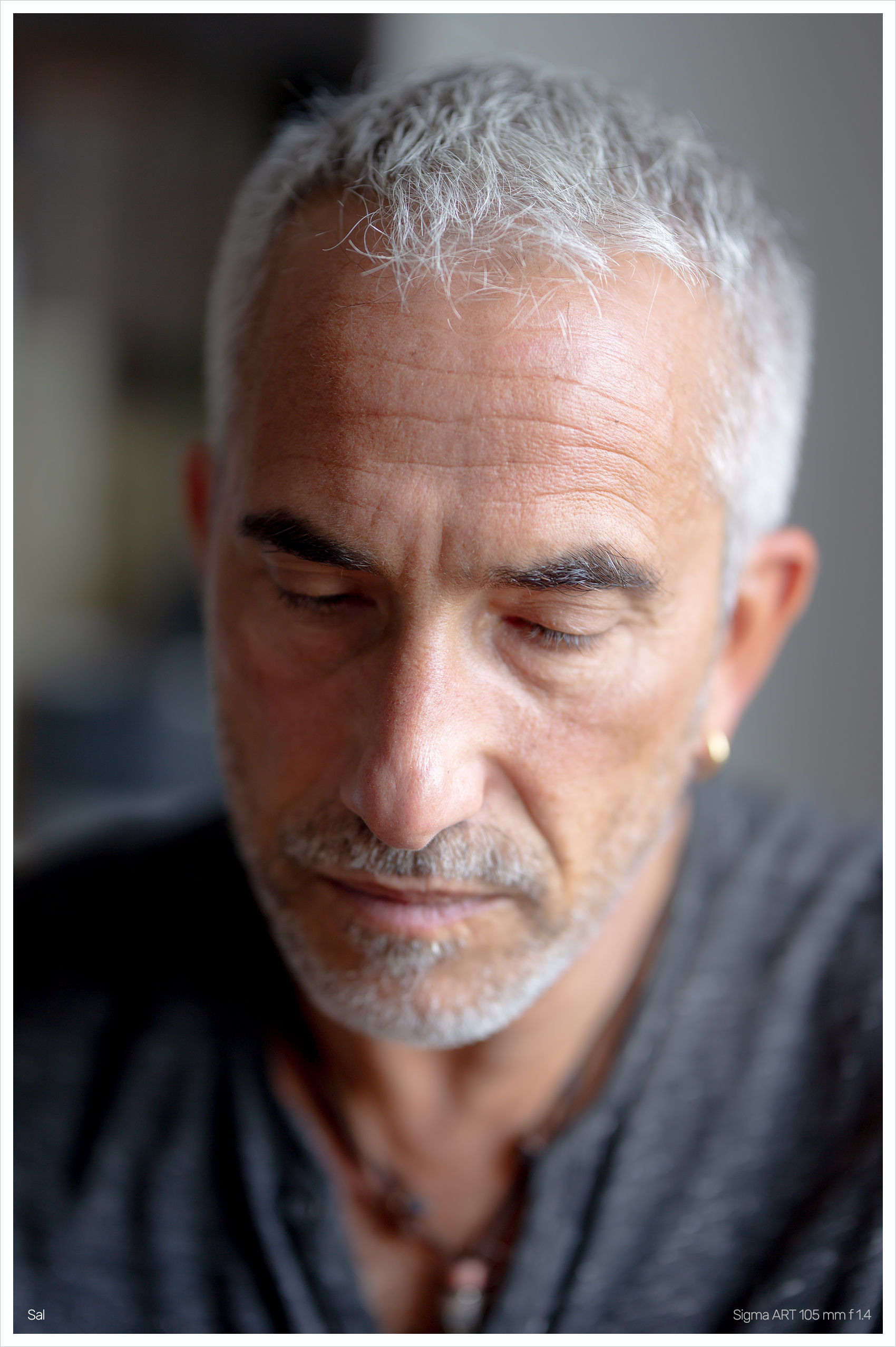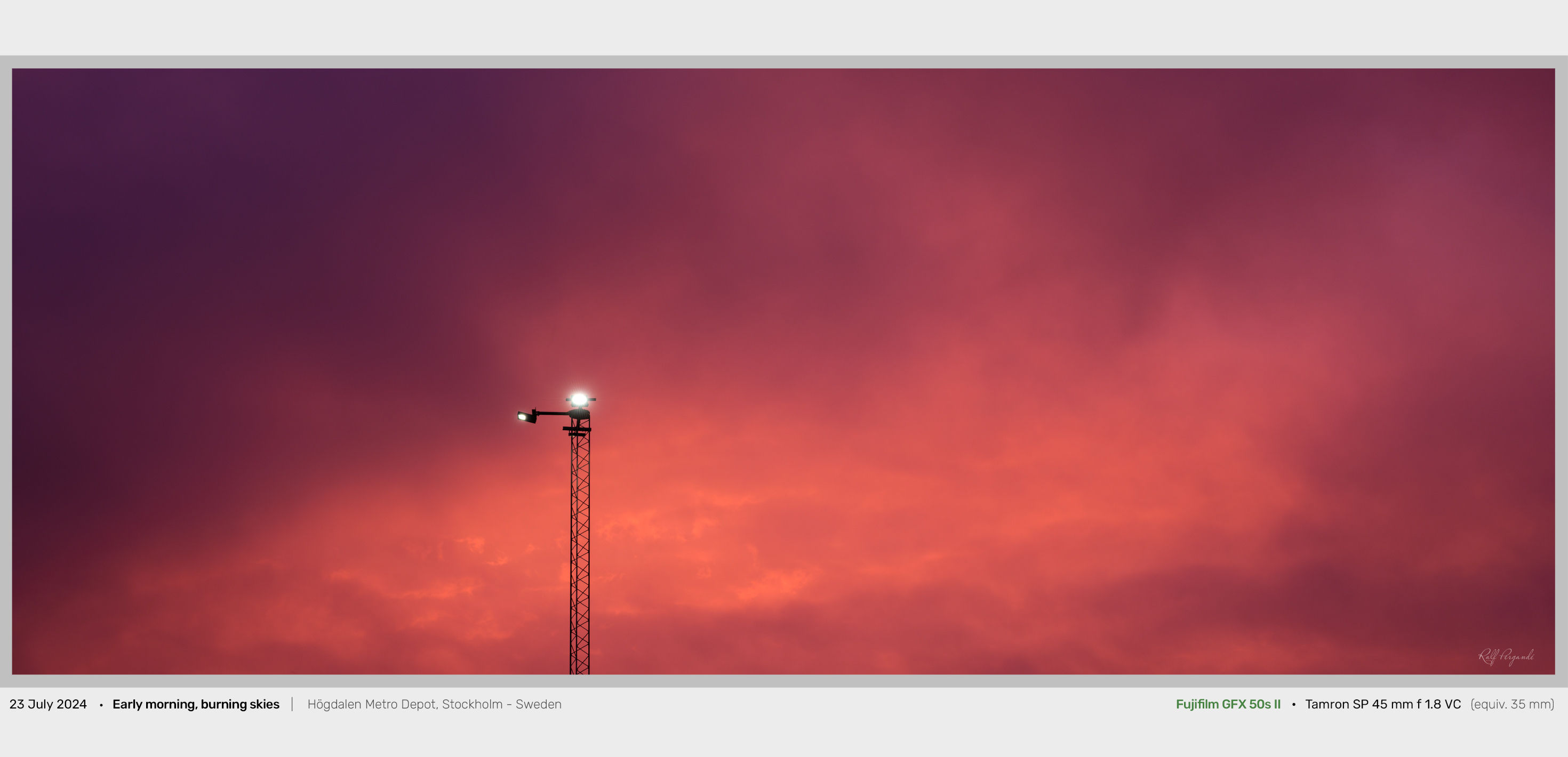|
My Panasonic Leica DG 10-25mm f 1.7 ASPH zoom is now located in Lods in Poland, at Panasonic's Europe Repair facility. Hopefully they fix it - and when i say that - fixing it for real - not just a showmanship pretending to fix something, and then you get it back and it is "bla-ha" sort of, but not really fixed. Or they might even exchange it when they see that it is a lemon.
Because it was a lemon. Either way, I will stand my ground until it is fixed - one or the other way.
A lemon lens, right from the start
I still can't understand that i was so lazy about that last year, after i had bought it. That's really not like me, letting things go like that. (I might let go of things in other areas, but usually not in terms of photographic equipment)
However, as I mentioned before, i thought primarily that was a camera issue, not a lens issue. The lens was never really sharp; neither at the borders, and in particularly not in the extreme corners. Even when stopped down to ƒ 4.5 it was blurry / mushy. Which after all is a clear sign that something is wrong. It is a professional lens - and known for its stellar optical performance.
Only the center portion was very crispy sharp, whether at wide open aperture ƒ1.7 or stopped down. But the borders, and the corners where simply awful. And more recently this became painful obvious to me - immediately initiating a repair / exchange.
Really special; Olympus ƒ1.2 lenses
I have used my Olympus OM-1 more often. (kind of first time since last August 2023), together with lenses like the Olympus ED 45/1.2 PRO and ED 17/1.2 PRO. Boy, what stellar optical performers, even at wide open aperture ƒ1.2
These ƒ1.2 lenses (there are three of them) are simply astonishing. Par excellence !
You know, when you for example haven't used a camera or lens for let's say for a year - you can re-discover things with a fresher set of eyes. Or realizing how good a lens really is. And get a feeling compared to other camera/lens combinations. I noticed this especially after I used the Fujifilm GFX for a year, almost non-stop. And now suddenly going back to the Olympus OM-1 and the ƒ1.2 lenses.
They are delightful, and just extraordinary good - even at ƒ1.2
Feathered Bokeh
All three ƒ 1.2 lenses exhibit what Olympus called "feathered bokeh"; which increases the creamy bokeh even further (more than normal), while sharpness is not affected. I consider those three lenses giving the smaller Micro Four Third sensor a big boost, because the images they produce, are less behind, if at all, their fullframe equivalents; e.g. 35mm, 50 mm, and 90 mm).
You would be surprised with the ED 45/1.2 PRO (90mm); how relative little difference there is compared to a 105/1.4 fullframe lens is (when doing close portraits). You would think there is much more difference - but it wasn't really all that obvious (I test that several years ago with portraits of Sal - see below).
When people are at further distance, then you can discern the fullframe images having a shallower depth of field; e.g. a fullframe 85mm or 105mm having an advantage (when shooting at wide open aperture)
Let me show you the portraits (further below) of Sal
1) Olympus ED 45/1.2 PRO (90mm) on Micro Four Thirds sensor
2) Sigma ART 105mm f 1.4 lens on a fullframe camera.
Olympus 45/1.2 vs Sigma 105/1.4
While there is difference to be seen in the background blur, e.g. the Sigma 105mm of course shows more of it - but hey, the difference isn't really that dramatic. '
I think the little sensor combined with the Olympus ED 45/1.2 PRO lens (equiv. 90 mm on fullframe), does lovely portrait; with an airy and smooth background, and the typical sharpness that lies on the eyes, where the ears are already softly blurry. Not much difference to the 1.6 kilo whopper fullframe lens; the Sigma 105mm ƒ 1.4 in the second photo.


Understimated MicroFourThirds
I believe that people tend to underestimate the power of Micro Four Thirds, thinking it is just a tiny sensor not really being able to do what the larger sensor cameras can do.
With the right lense(es) - you can do pretty much the same, without much difference in the finaly images. And for travel - especially today with airlines restricting cabin luggage - the Micro Four Thirds system has a clear advantage in terms of weight and size !
I used to travel with my entire Olympus system (+ many lenses) in a backpack on planes to Sicily - which is pretty much crazy.
Sicily. Family.
Most likely I'll take the Olympus system with me when Sal and I go there in October. It is just a week - so nothing major - and revolves around a special family event - as Mary will celebrate her pension together with her inner circle of the family. Carla comes from California to Sicily, Paola arrives from France, and we come from Sweden, to meet all once again in Catania. Last time we were all together was during Christmas 2022. So, i really, really look forward to meet them all again.
Wonderful !!
Olympus instead of GFX in Sicily
Or why not both ?!
So; because the whole Olympus system is a lot smaller and lighter - i thought it would be better to take it with me to Sicily in October.
First wanted to take with me the Fujifilm GFX 50s II mediumformat camera ... but have (as for now) decided against it. I could make "XPan" Panorama photography in Catania - which was the orignal thought - but the Olympus is far more flexible for family photos and portraits - and everything else. Or perhaps I'll take them with me both ?
Using a Fujifilm GFX 50s II mediumformat camera for indoor family portraits "on-the-fly" is the last camera I would want to use. It is at best iffy. (Many Fujinon GF lenses have slower apertures around ƒ3.5 or even ƒ4.
But for daylight and twylight, the Fujifilm GFX is amazing; no doubt are XPan Panoramas interesting to work with, by being different in the perspective (and thinking) compared to the normal proportions. I really love making "Hasselblad XPan" type like photos. |

















